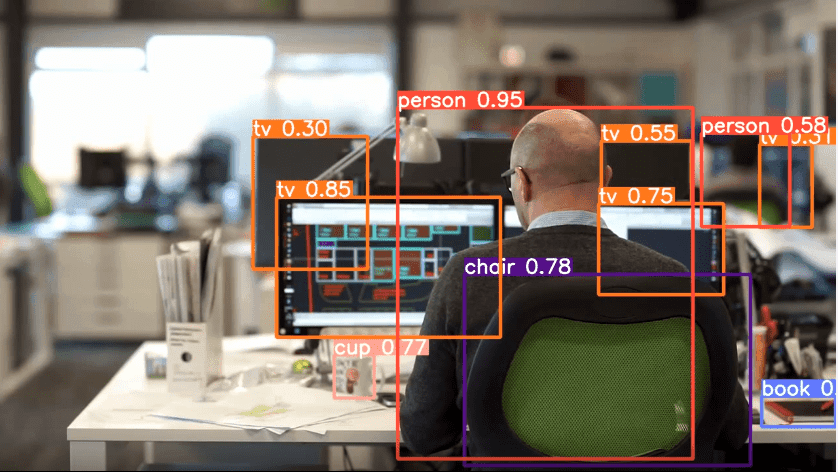YOLOv9, the latest version in the YOLO series authored by Chien-Yao Wang and team, was launched on February 21, 2024. It represents a significant advancement from YOLOv7, also developed by Chien-Yao Wang and colleagues. While YOLOv7 improved training efficiency through a trainable bag-of-freebies, it did not directly address the challenge of information loss during the feedforward process, known as the information bottleneck. This limitation stems from down-sampling operations in the network, which can lead to the loss of crucial input data.
Existing solutions such as reversible architectures, masked modeling, and deep supervision help alleviate the information bottleneck issue, but they come with various drawbacks in both training and inference phases. Additionally, they are less effective for smaller model architectures, which are essential for real-time object detection systems like those in the YOLO series.
To overcome these challenges, YOLOv9 introduces two innovative techniques: Programmable Gradient Information (PGI) and the Generalized Efficient Layer Aggregation Network (GELAN). These methods aim to directly address the information bottleneck problem, thereby enhancing the accuracy and efficiency of object detection.
Comparison of YOLOv9 with SOTA Models
The COCO dataset benchmarks reveal that YOLOv9 achieves better object detection performance, striking a favorable balance between efficiency and accuracy across its different versions. Yolov9 model architecture surpasses popular existing YOLO models like YOLOv8, YOLOv7, and YOLOv5 in terms of achieving a higher mean Average Precision (mAP) when evaluated against the MS COCO dataset.
YOLOv9 achieves exceptional accuracy with lower resources
• The GELAN(Generalized Efficient Layer Aggregation Network) architecture in the model enhances accuracy while reducing the number of parameters and computational needs.
• The PGI(Programmable Gradient Information) training method improves learning gradients' reliability, particularly benefiting smaller models.
GELAN(Generalized Efficient Layer Aggregation Network)
YOLOv9 keeps the YOLO family's reputation for fast processing with a new setup called GELAN, which mixes the best parts of CSPNet and ELAN. CSPNet is great at managing data flow to pull out important features effectively, while ELAN focuses on quick processing using layers stacked on top of each other. GELAN combines these features, offering a design that's not only lightweight and speedy but also accurate. It improves upon ELAN by letting it stack various types of processing blocks, not just layers, enhancing the speed and efficiency of the model across all its parts.
GELAN Architecture
PGI(Programmable Gradient Information)
YOLOv9 tackles a common issue in deep learning called the "Information Bottleneck." This is when important details get lost as data moves through the many layers of a neural network, which can lead to mistakes in what the network learns or predicts. To solve this, YOLOv9 introduces a smart tool named Programmable Gradient Information (PGI).
Think of the neural network as a long pipe where information travels. Sometimes, along the way, some key details can slip through the cracks. PGI is like adding a special path inside this pipe that ensures the really important bits of information don't get lost. It does this by adding a side track — a sort of memory lane — that runs next to the main path. This side track helps the network remember and use the important details, which helps it learn better and make more accurate predictions about what it sees, like identifying objects in a photo.
PGI Integration
YOLOv9 Models
Yolov9 is available in four models and 1 developer Version sizes base parameter count:
· YOLOv9-N(dev)
· YOLOv9-S
· YOLOv9-M
· YOLOv9-C
· YOLOv9-E
Performance-wise, the smallest model variant achieves an AP of 46.8% on the MS COCO dataset's validation set, while the largest model variant records a 55.6% AP, marking a new benchmark in object detection capabilities.
YOLOv9 infrences:
Although most performance evaluations were conducted using high-resolution images, we aimed to assess YOLOv9's performance on real-world data. We tested the model using an entirely new office video to observe its precise object detection capabilities.



